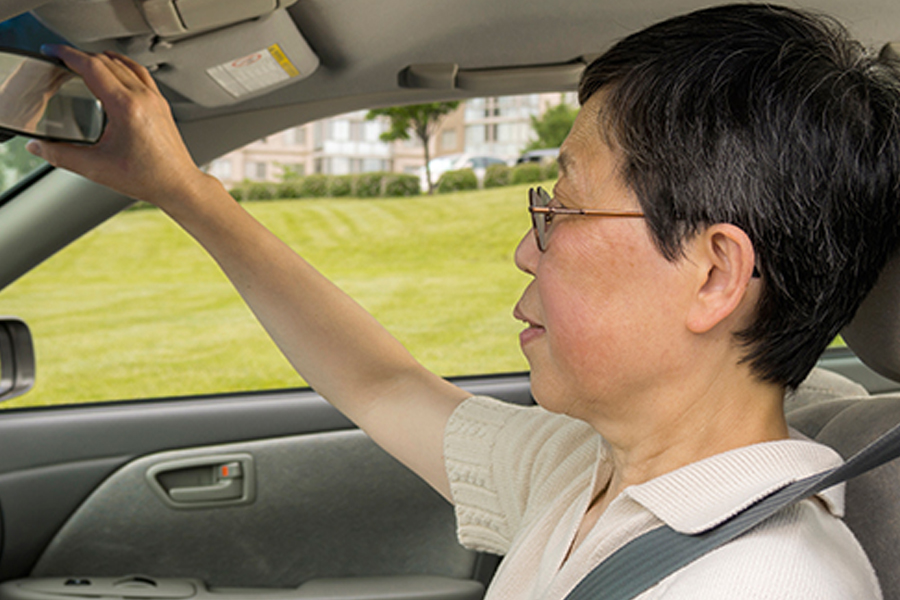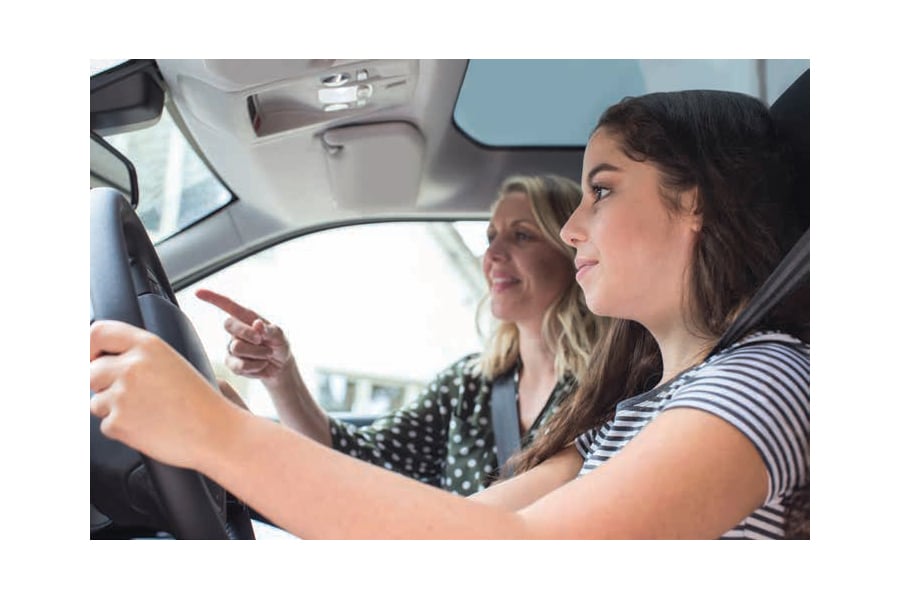Pedestrian Detection Systems May Not Work When You Need Them Most

More and more pedestrians are being killed on America’s roads. Luckily, many new cars have technology specifically built-in to lessen the likelihood or severity of a crash – whether with another vehicle or a pedestrian. But AAA’s latest research found that pedestrian detection systems don’t work in all scenarios, all the time.
AAA recently tested four vehicles equipped with automatic emergency braking systems with pedestrian detection systems to evaluate their performance in several simulated driving scenarios.
Not only did the systems perform inconsistently, but they were also utterly ineffective at night. A surprising result, considering the majority of pedestrian deaths – 75% – occur after dark. The systems also were challenged by a car turning right into the path of an adult or a child darting out from between two parked cars. In these cases, the systems did not react at all to the adult target in the path of the vehicle turning right and avoided the child target just 1 in 10 times.
AAA regularly researches emerging vehicle technologies, like lane-keeping assist and adaptive cruise control, to help educate consumers on the limitations of these systems but also to provide insight to the automotive industry on how functionality may be improved.
“Pedestrian fatalities are on the rise, proving how important the safety impact of these systems could be when further developed,” said Greg Brannon, AAA’s director of Automotive Engineering and Industry Relations. “But, our research found that current systems are far from perfect and still require an engaged driver behind the wheel.”
Until these systems are proven to perform consistently – especially pedestrian detection systems – during the day and at night and in a range of situations, AAA recommends drivers always:
- Be alert of their immediate surroundings. Do not rely on pedestrian detection systems to prevent a crash. This technology should only serve as a backup and not a replacement for an engaged driver.
- Read the owner’s manual to understand what safety systems the vehicle is equipped with and how those work. Before leaving the lot, ask the dealer to explain how these systems work, including what safety system alerts sound and look like and what triggers their activation.
- Use extra caution when driving at night since this is the riskiest time for pedestrians and where the systems struggled the most. Previous AAA research found that headlights, even in new condition, do not provide the amount of light needed for drivers to appropriately react to something or someone in the roadway.
It is a driver’s responsibility to yield to pedestrians, but those traveling by foot should be diligent as well. Pedestrians also should use caution by staying on sidewalks and using crosswalks as often as possible. Always obey traffic signals, look both ways before crossing the street and do not walk and text.




